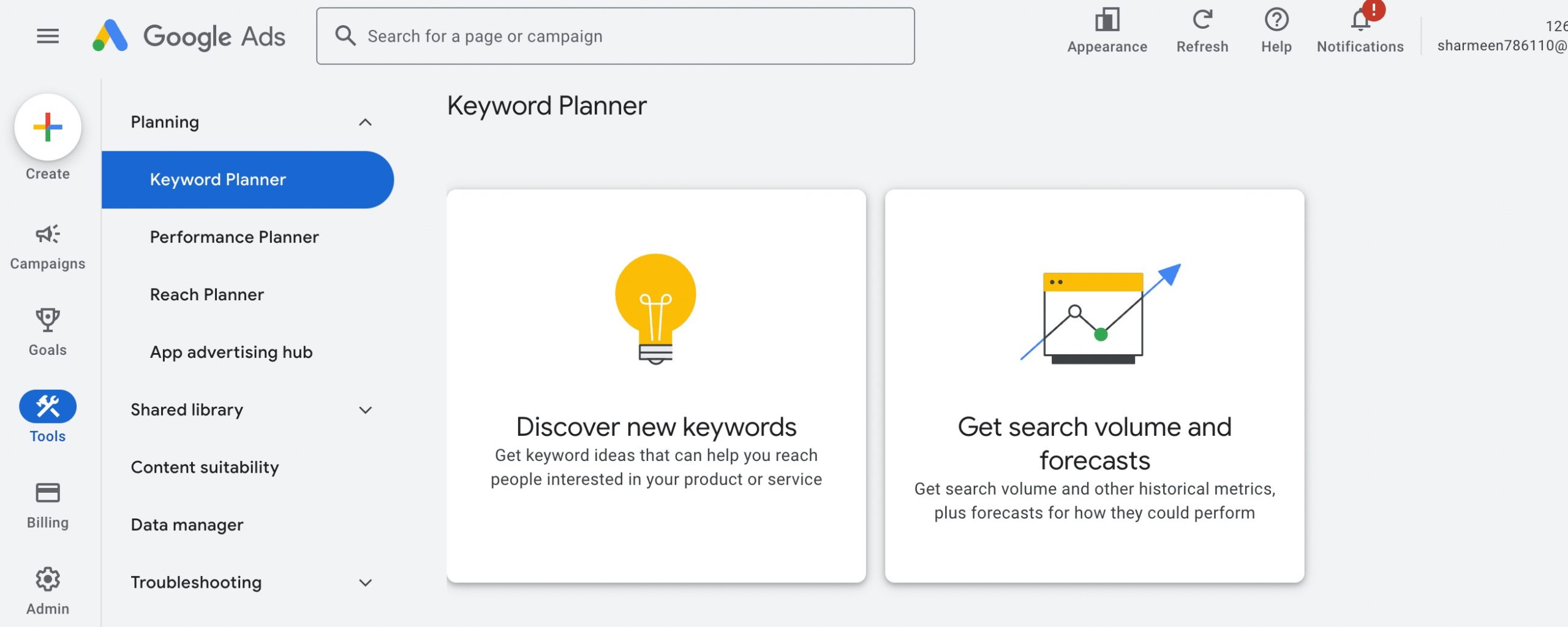
(Insights for Better Targeting and Sales)
If you’re not using data to understand how your customers behave online, you’re guessing—and in digital marketing, guessing costs money.
Fortunately, Google offers a powerful suite of free tools that let you analyze customer behavior, spot opportunities, and make smarter decisions. The best part? You don’t need to be a data analyst to get value from them.
In this guide, we’ll break down the free Google tools that can help you understand your customers’ journey—so you can target more accurately, craft better messaging, and ultimately increase sales.
Why Understanding Customer Behavior Matters
Customer behavior data answers crucial questions like:
- Where are users coming from?
- What content or products do they engage with?
- What’s stopping them from converting?
- How do they behave across devices?
When you know the answers, you can:
- Create highly targeted campaigns
- Improve your website experience
- Write more relevant emails and ads
- Identify where you’re losing potential customers
Let’s walk through the key free Google tools that reveal this behavior—and how to use them effectively.
1. Google Analytics 4 (GA4)
Use it for: Understanding what users do on your website
GA4 is the most powerful free tool Google offers for tracking user behavior. It tells you who your visitors are, what they’re doing, and what drives them to take action—or leave.
Key Insights You Can Get:
- Traffic sources: Where visitors come from (organic, paid, social, referral)
- Behavior flow: How users move through your site
- Conversion paths: What actions lead to purchases or form fills
- Engagement metrics: Average time on page, bounce rates, top pages
- Audience demographics: Age, gender, interests (when enabled)
How to Use It:
- Set up event tracking for key actions (like form submissions, button clicks, downloads)
- Use the Funnel Exploration report to spot drop-offs in your conversion path
- Segment users by traffic source to see which channels bring in the most engaged visitors
Bonus Tip:
Enable Google Signals to get more data on cross-device behavior and demographics.
2. Google Search Console
Use it for: Understanding what people are searching for before visiting your site
Search Console shows how your site performs in Google search results and what queries bring people in.
Key Insights You Can Get:
- Search queries: What keywords are leading to clicks
- Click-through rate (CTR): How compelling your listings are
- Page performance: Which pages rank and which don’t
- Mobile usability issues
- Indexing status: Which pages Google sees (or doesn’t)
How to Use It:
- Analyze your top queries to understand customer intent
- Improve meta titles and descriptions on pages with high impressions but low CTR
- Find opportunities to optimize for long-tail keywords related to customer pain points
Bonus Tip:
Look for queries with high impressions but low clicks—they often reveal messaging gaps or weak offers.
3. Google Trends
Use it for: Tracking demand shifts and discovering new opportunities
Google Trends lets you explore the popularity of search terms over time and across regions. It’s great for identifying seasonal trends or emerging topics.
Key Insights You Can Get:
- Rising interest in new products or services
- Regional differences in search behavior
- Comparative search volume for multiple terms
- Seasonality patterns (e.g., demand for “AC repair” spikes in summer)
How to Use It:
- Plan promotions around seasonal interest peaks
- Discover new keyword angles to use in content and ads
- Understand what’s trending locally before launching geo-targeted campaigns
Bonus Tip:
Combine Google Trends with Search Console data to find high-potential topics your site doesn’t yet rank for.
4. Google Ads Keyword Planner

Use it for: Discovering keyword intent and volume for better targeting
While it’s part of Google Ads, the Keyword Planner is a free research tool—even if you’re not running ads.
Key Insights You Can Get:
- Search volume for specific keywords
- Cost-per-click (CPC) data to estimate competition
- Suggested keyword variations
- Commercial vs. informational intent
How to Use It:
- Prioritize keywords with both high intent and reasonable competition
- Build keyword groups for targeted ad campaigns
- Use long-tail keywords in blog posts, product pages, or FAQs
Bonus Tip:
Look for keywords with clear buyer intent (e.g., “buy,” “near me,” “best”)—these tend to convert better.
5. Google My Business (Now Google Business Profile)
Use it for: Understanding how local customers interact with your brand
If you’re a local business, Google Business Profile is essential. It shows how customers find you in local search and Google Maps—and what actions they take from your profile.
Key Insights You Can Get:
- Search views: How many people saw your listing
- Search terms: What people typed to find you
- Customer actions: Clicks to website, direction requests, phone calls
- Photo views: Which images attract the most attention
How to Use It:
- Optimize your listing with keywords, service details, and high-quality photos
- Track which photos or updates drive the most engagement
- Post weekly updates or promotions to stay visible in the local pack
Bonus Tip:
Reviews and Q&A activity also reflect customer expectations and objections—use that insight in your website and email content.
Pulling It All Together
The real power of these tools comes when you connect the dots between platforms.
Example:
- Use Search Console to find what terms bring people in
- Use GA4 to see what they do after they land on your site
- Use Keyword Planner and Trends to find high-intent terms to target
- Use Google Business Profile to see how local users interact differently
This gives you a full picture: from how customers find you, to how they engage, to why they convert (or don’t).
Conclusion
The tools are free. The insights are powerful. But most businesses still underuse them—or don’t connect the dots.
When you consistently use these free Google tools, you’ll be able to:
- Target the right people with better messaging
- Spot bottlenecks in your sales funnel
- Refine your content and ad strategy based on real behavior
- Make decisions based on data—not assumptions
If your goal is better targeting and more conversions, the first step is understanding your customer’s journey. And Google gives you all the tools you need to do exactly that—without spending a dime.







